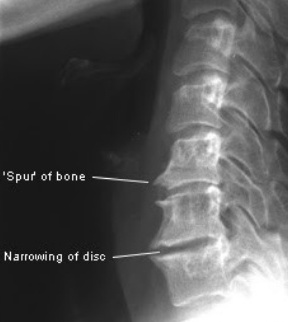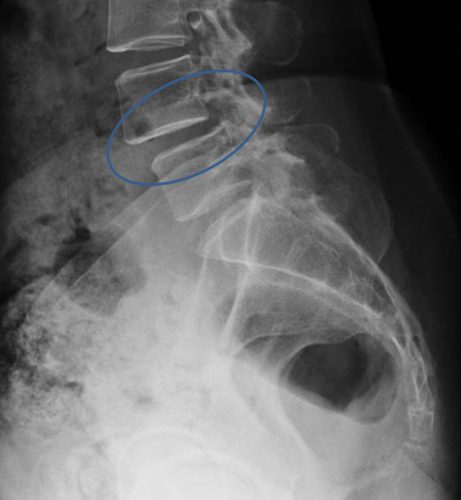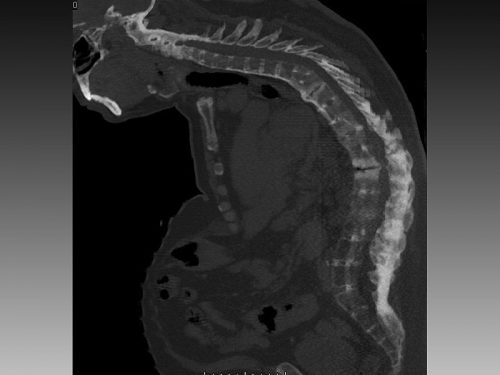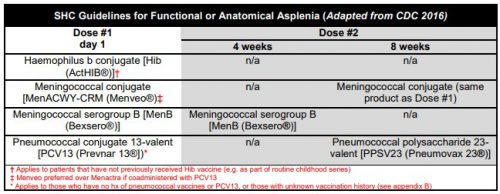This is the first of a two-part series on massive transfusion protocol (MTP) ratios. Today, I’ll write about what ratios trauma centers around the country are using. Tomorrow I’ll review the literature we have to date on what the correct ratio should be. Are we all doing the right thing or not?
Back in the old days (which I remember fondly), we didn’t pay too much attention to the ratio of blood to plasma. We gave a bunch of bags of red cells, then at some point we remembered that we should give some plasma. And platelets? We were lucky to give any! And to top it all off, we gave LOTS of crystalloid. Turns out this was not exactly the best practice.
But things have changed. Some good research has shown us that a nice mix of blood component products is good and too much crystalloid is bad. But what exactly is the ideal mix of blood products? And what is everybody else doing? I’ll try to answer these questions in this series.
So first, what are all the other trauma centers doing? An interesting medley of anesthesia and pathology groups from the University of Chicago, a Dallas-based anesthesia group, and a blood center in my home base of St. Paul, conducted a survey of academic medical centers in 2016. They wanted to find out how many actually had a MTP and to scrutinize the details.
They constructed a SurveyMonkey survey and sent it to hospitals with accredited pathology residencies across the US. There were 32 questions in the survey, which asked for a lot of detail. As you can probably personally attest, the longer and more complicated the survey, the less likely you are to respond. That certainly happened here. Of 107 surveys sent out, it took a lot of nagging (initial email plus two nags) to get a total of 56 back.
Here are the factoids:
- Most were larger hospitals, with 74% having 500 or more beds
- All had massive transfusion protocols
- Trauma center level: Level I (77%), Level II (4%), Level III (4%), Level IV (2%), no level (14%)
- Nearly all (98%) used a fixed ratio MTP; very few used any lab-directed (e.g. TEG/ROTEM) resuscitation
- Target RBC:plasma ratio: 1:1 (70%), 1.5:1 (9%), 2:1 (9%), other (9%)
- Only 58% had the same RBC:plasma ratio in each MTP cooler
- More than 86% had thawed plasma available (remember, these were generally large academic centers)
- Half stored uncrossmatched type O PRBCs outside the blood bank, usually in the ED; only 1 stored thawed plasma in the ED
- A total of 41% had more than one MTP (trauma, OB, GI, etc.)
- 84% had some type of formal review process once the MTP was complete
- About 68% had modified their MTP since the original implementation. Some increased or decreased ratios, expanded MTP to non-trauma services, decreased the number of units in each pack, changed to group A plasma from AB, or switched from ratio to TEG/ROTEM or back.
Bottom line: This is an intriguing snapshot of MTP practices around the country that is about four years old. Also remember, this is a somewhat skewed dataset. The survey was directed toward hospitals with academic pathology programs, not trauma centers. However, there is enough overlap that the results are probably generalizable.
Most centers are (were) using MTP packs containing six units of PRBCs, and were attempting to achieve a fixed 1:1 ratio. Half of hospitals had the same number of units in each cooler, half varied them by cooler number. Nearly half had multiple flavors of MTP for different specialties. Very few used TEG/ROTEM during the initial phased of MTP. Most modified their MTP over time.
I’ve written quite a lot on most of these issues. See the links to my “MTP Week” series from earlier this year, below.
Tomorrow, I’ll review what we know and don’t know about the proper ratios to use in your MTP.
Reference: Massive Transfusion Protocols: A Survey of Academic
Medical Centers in the United States. Anesth & Analg 124(1):277-281, 2017.
MTP week series:







